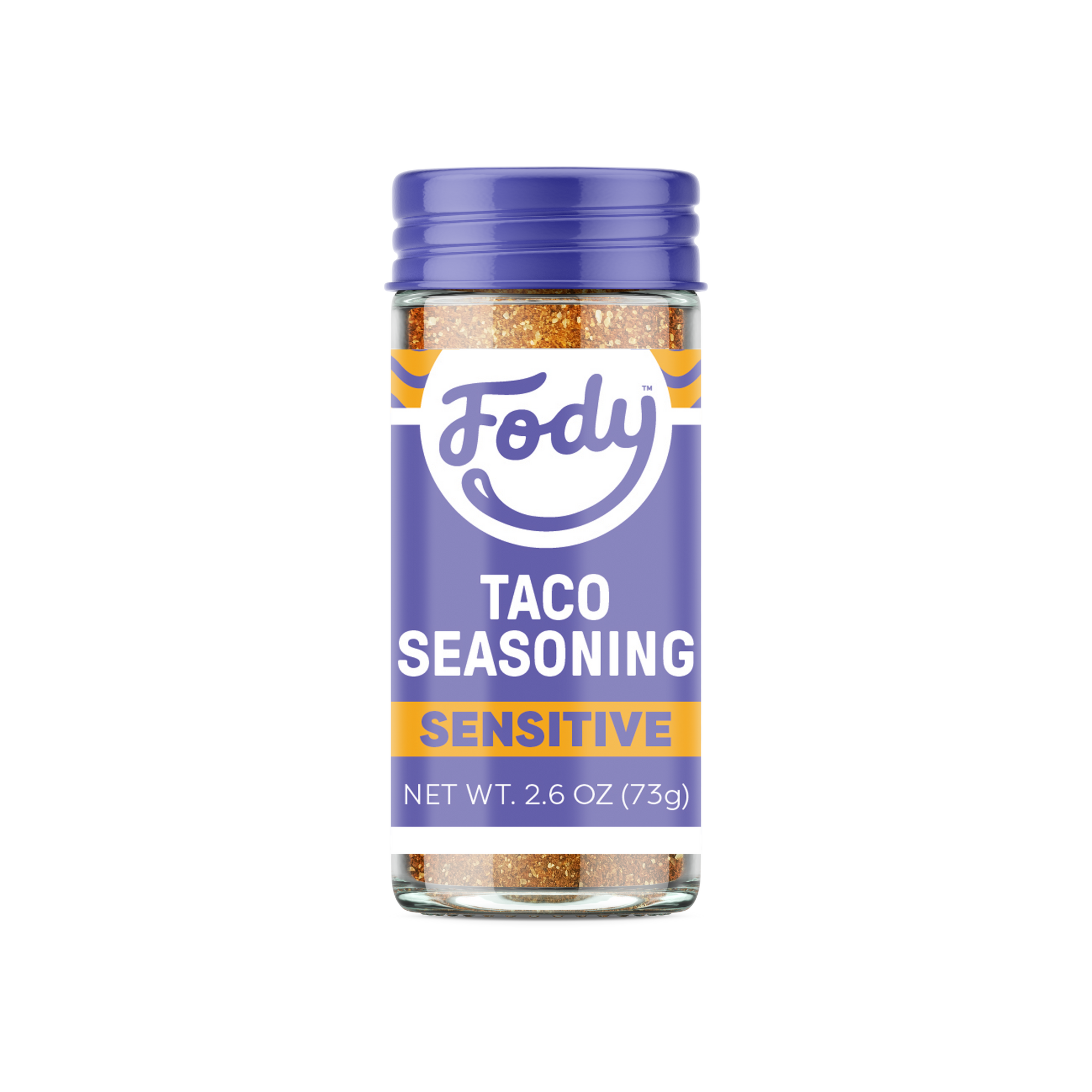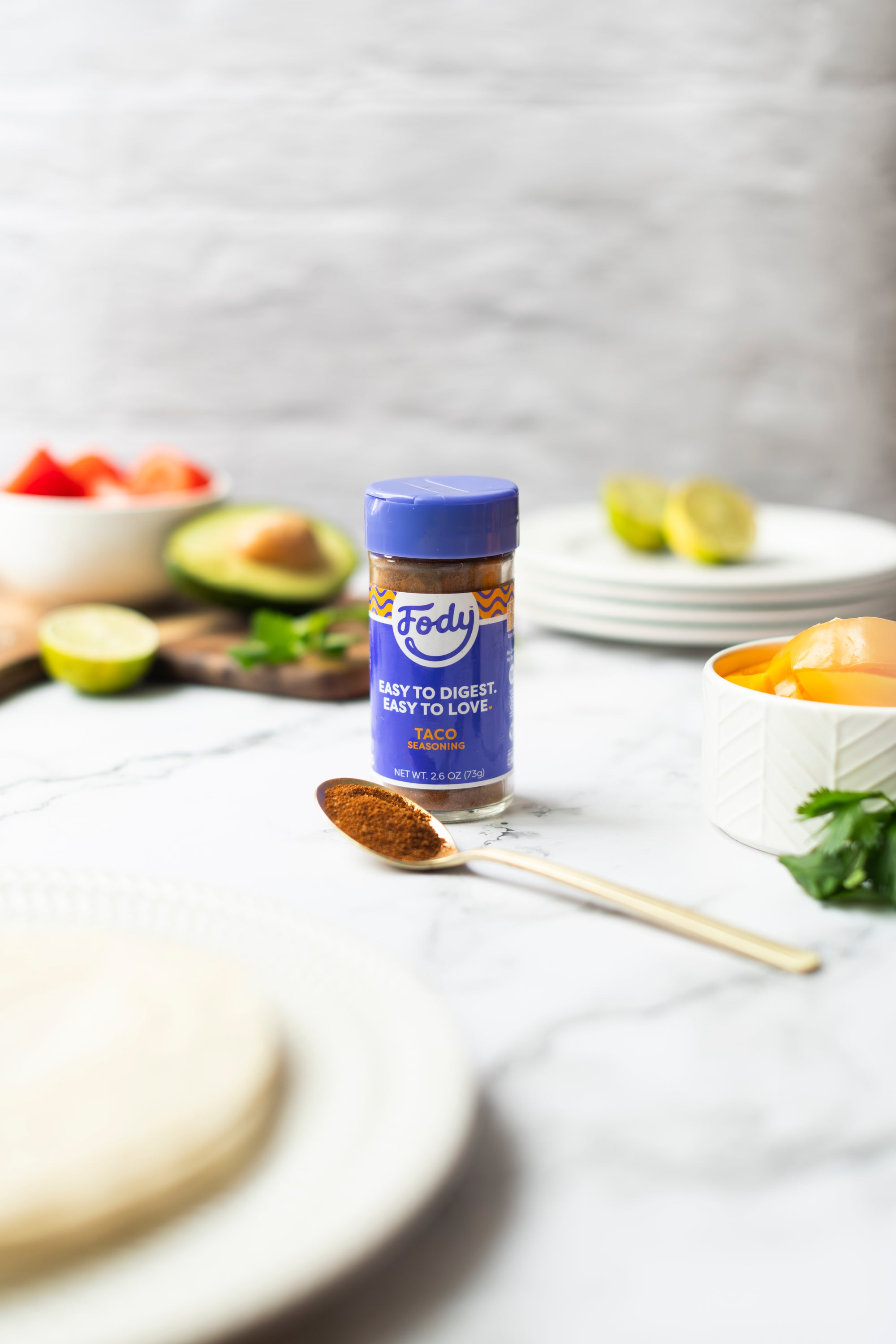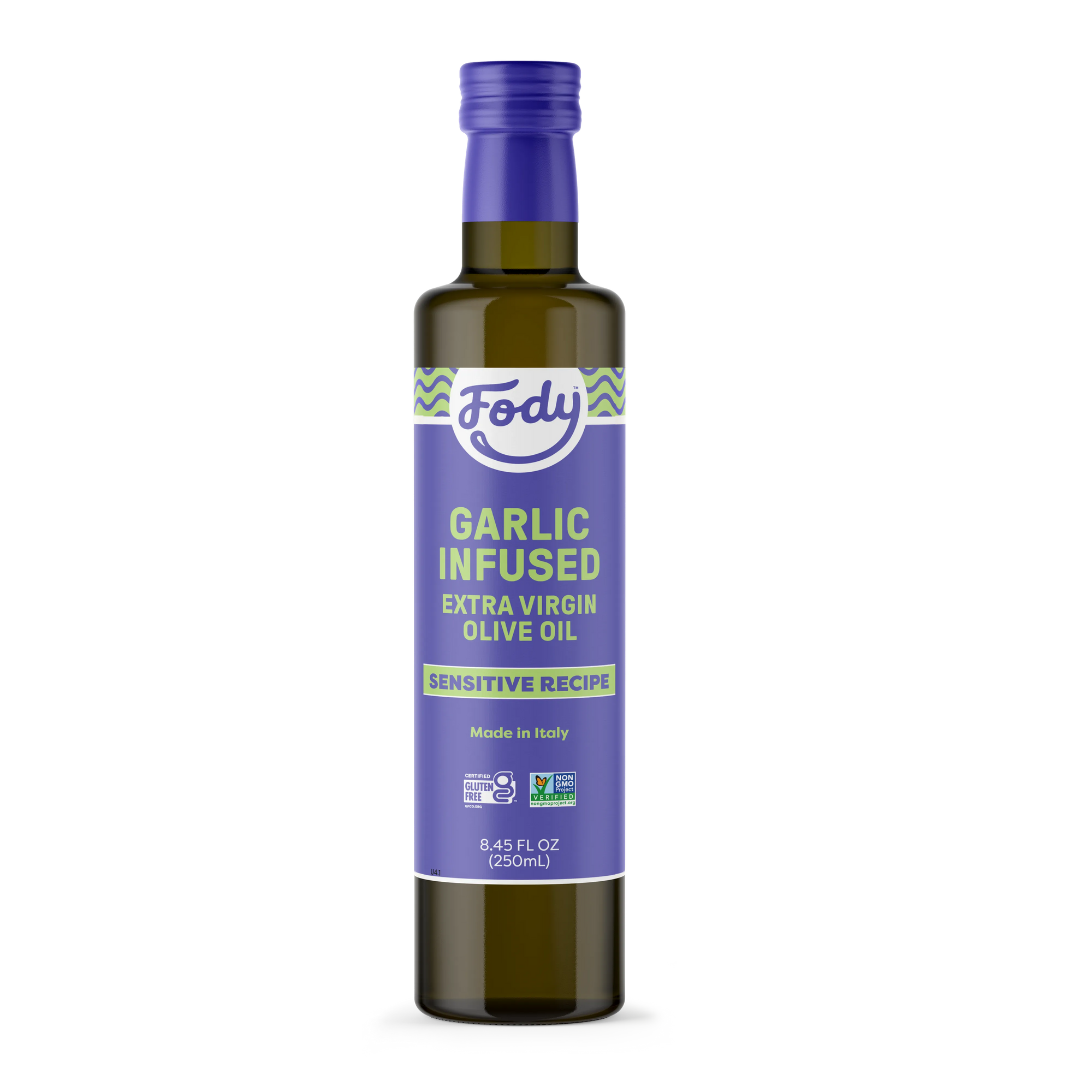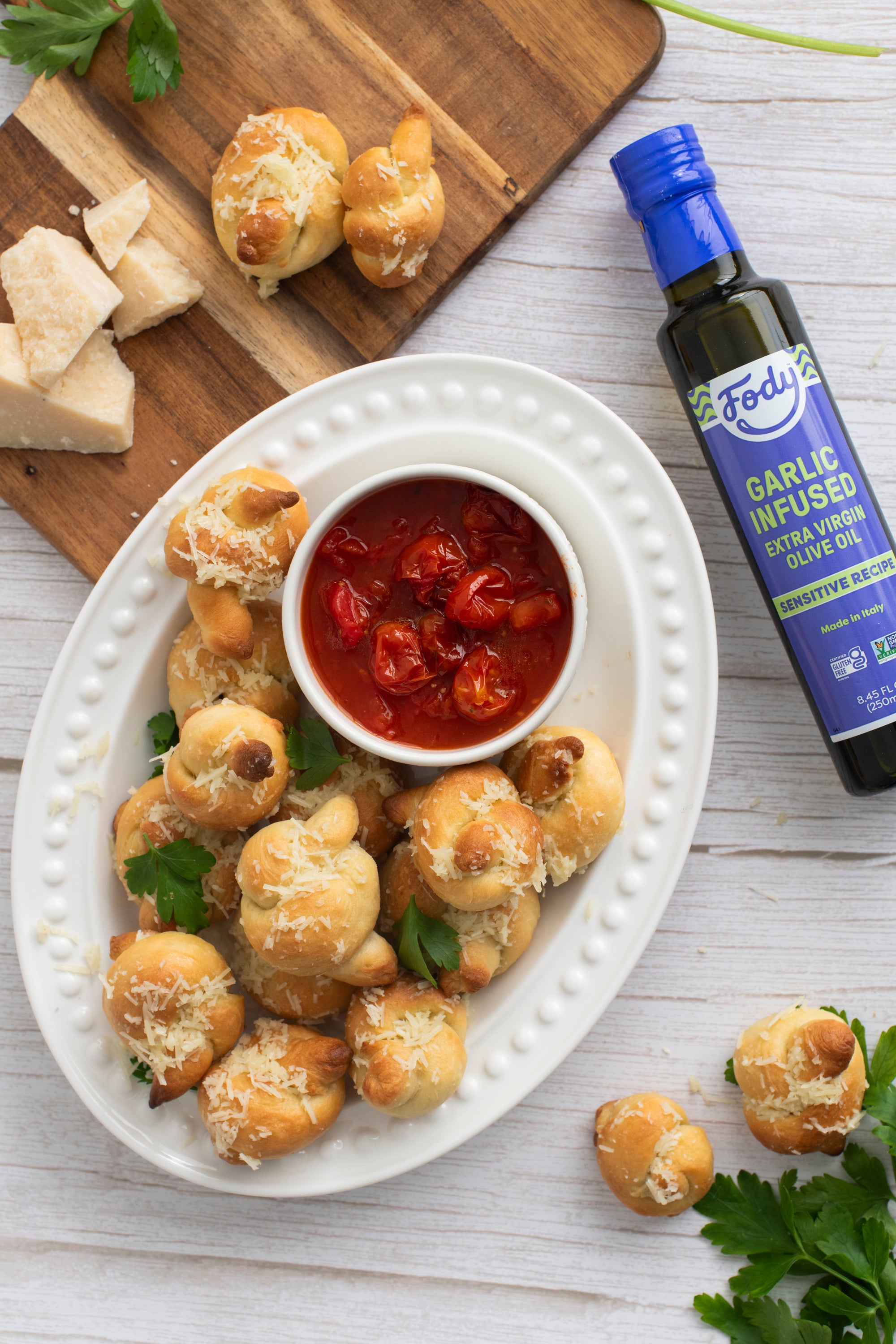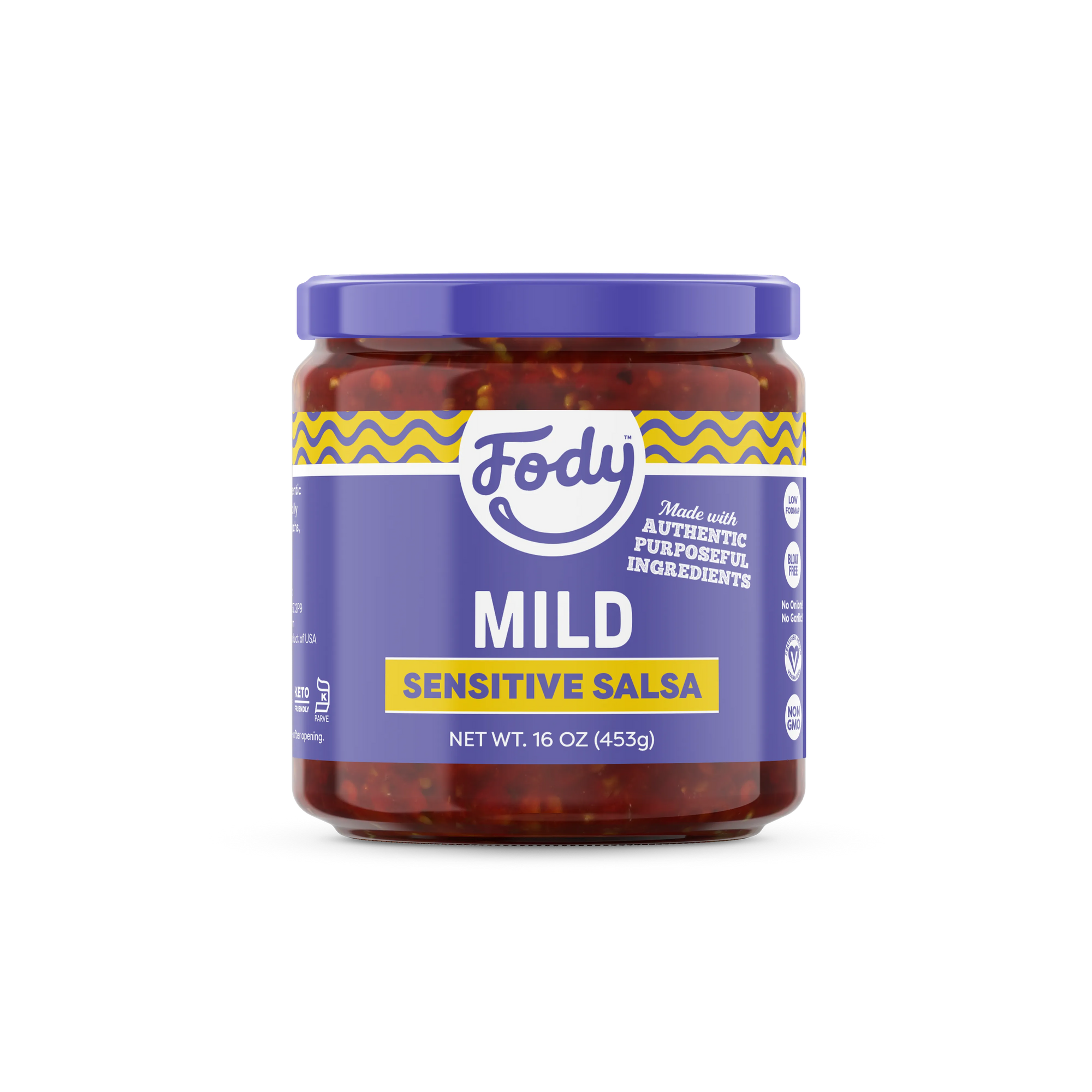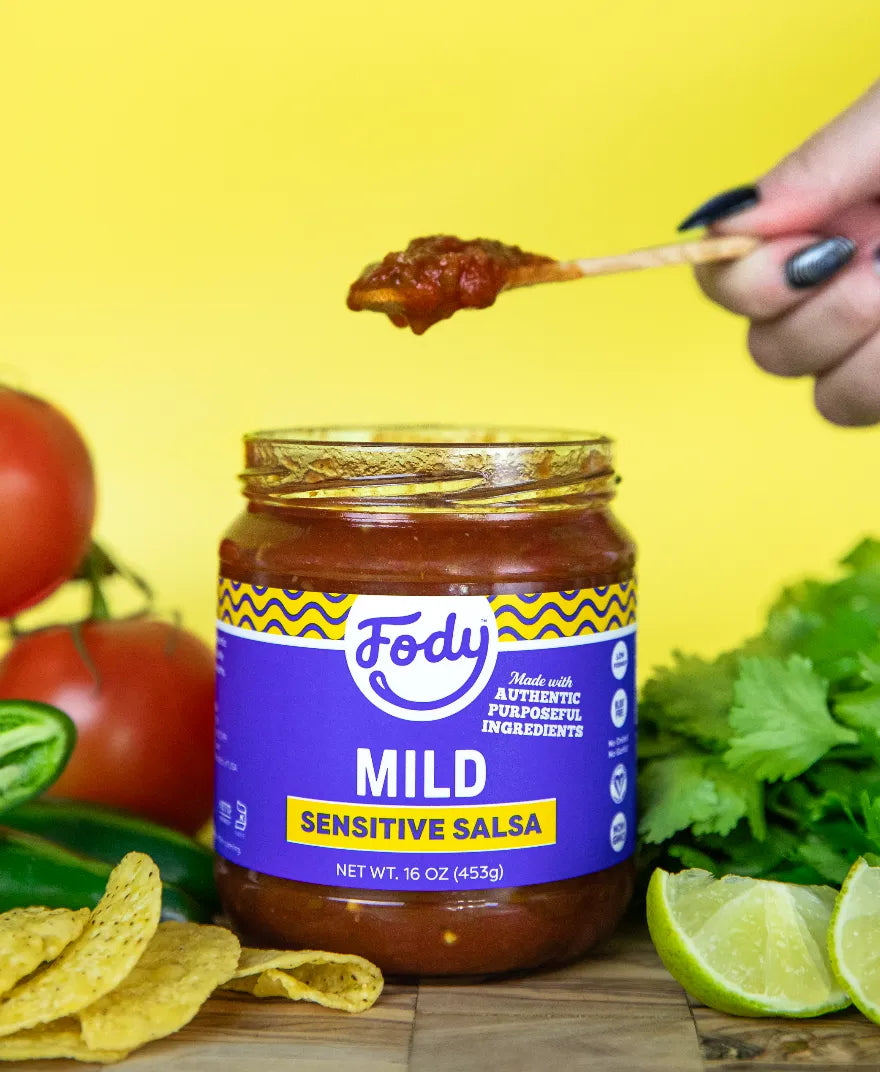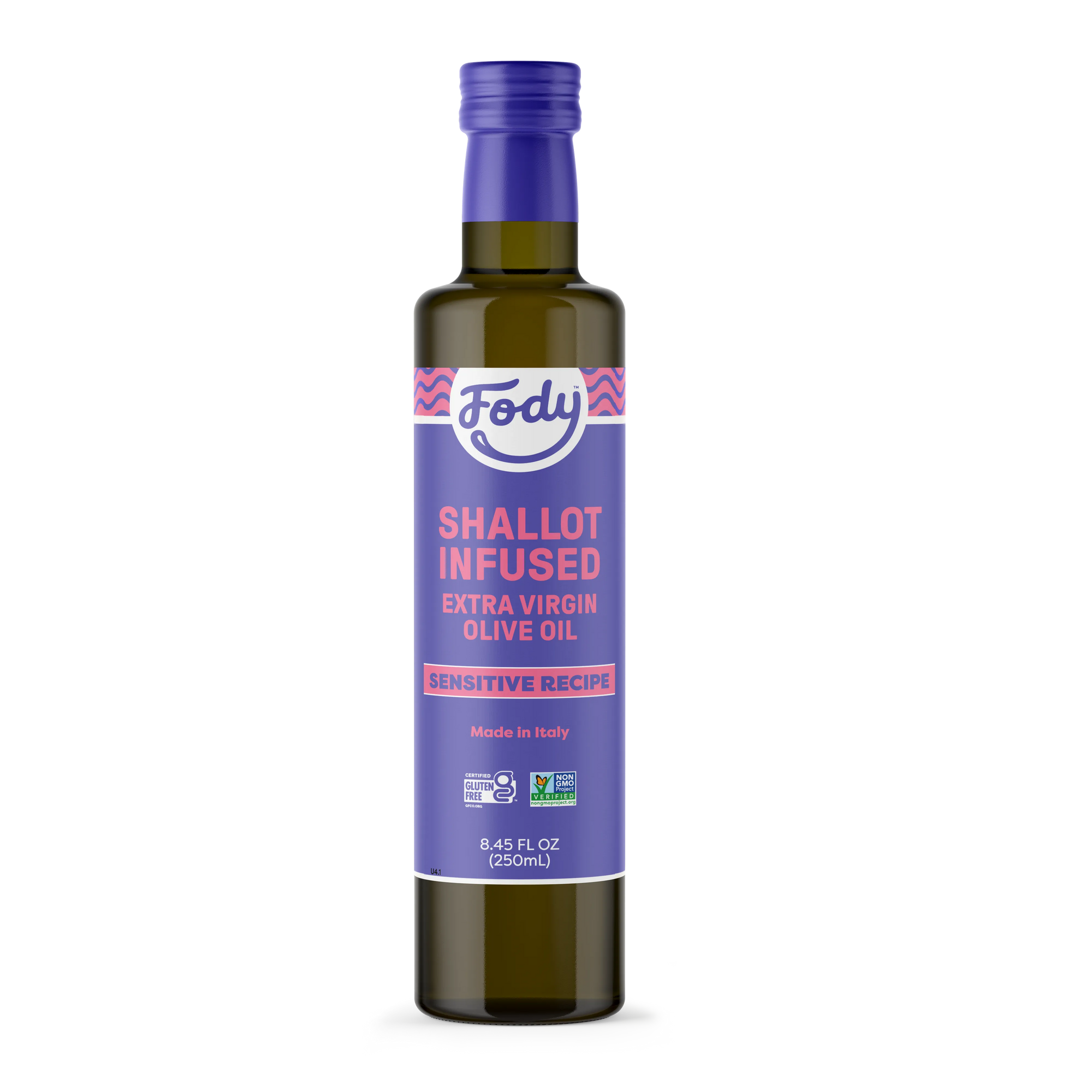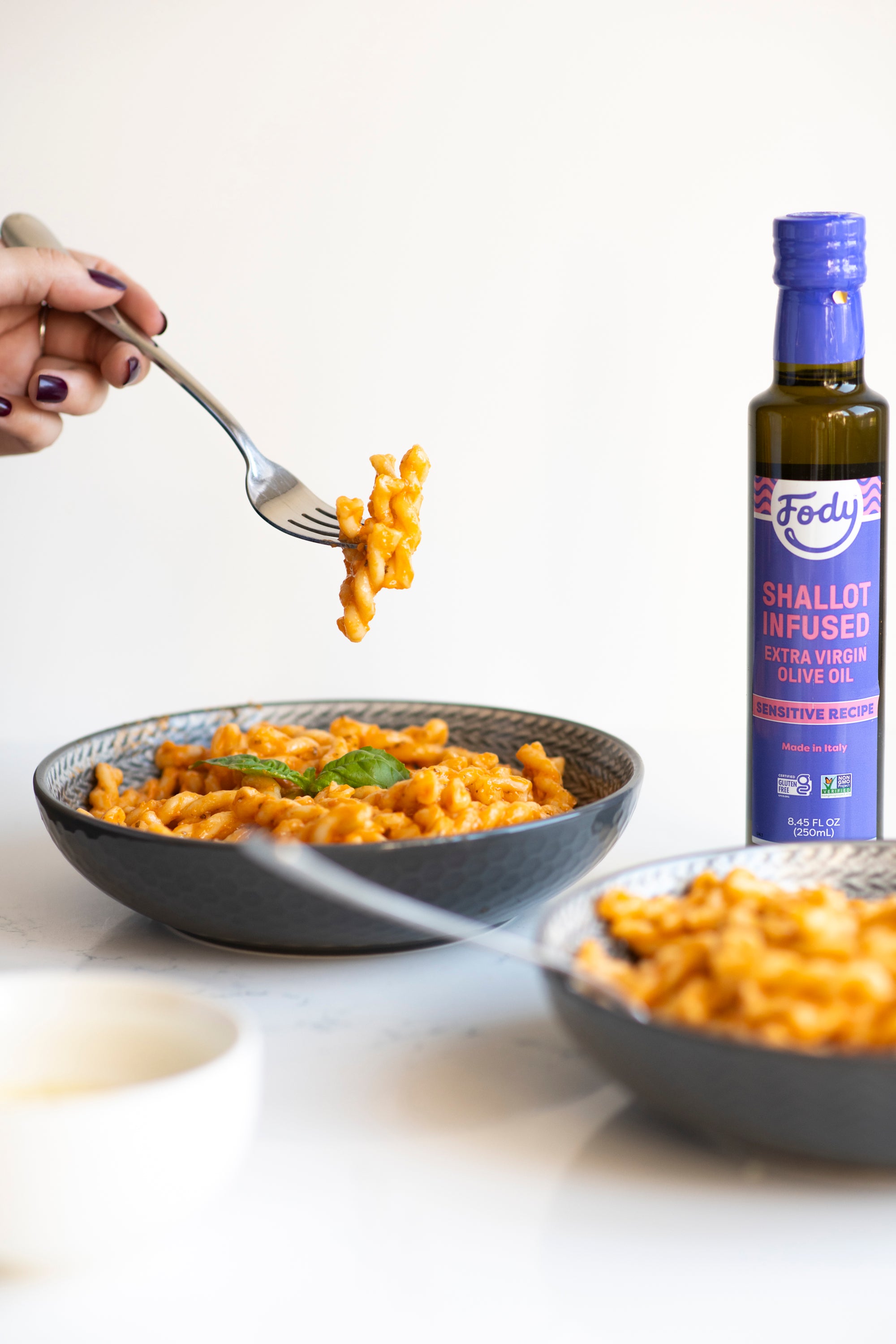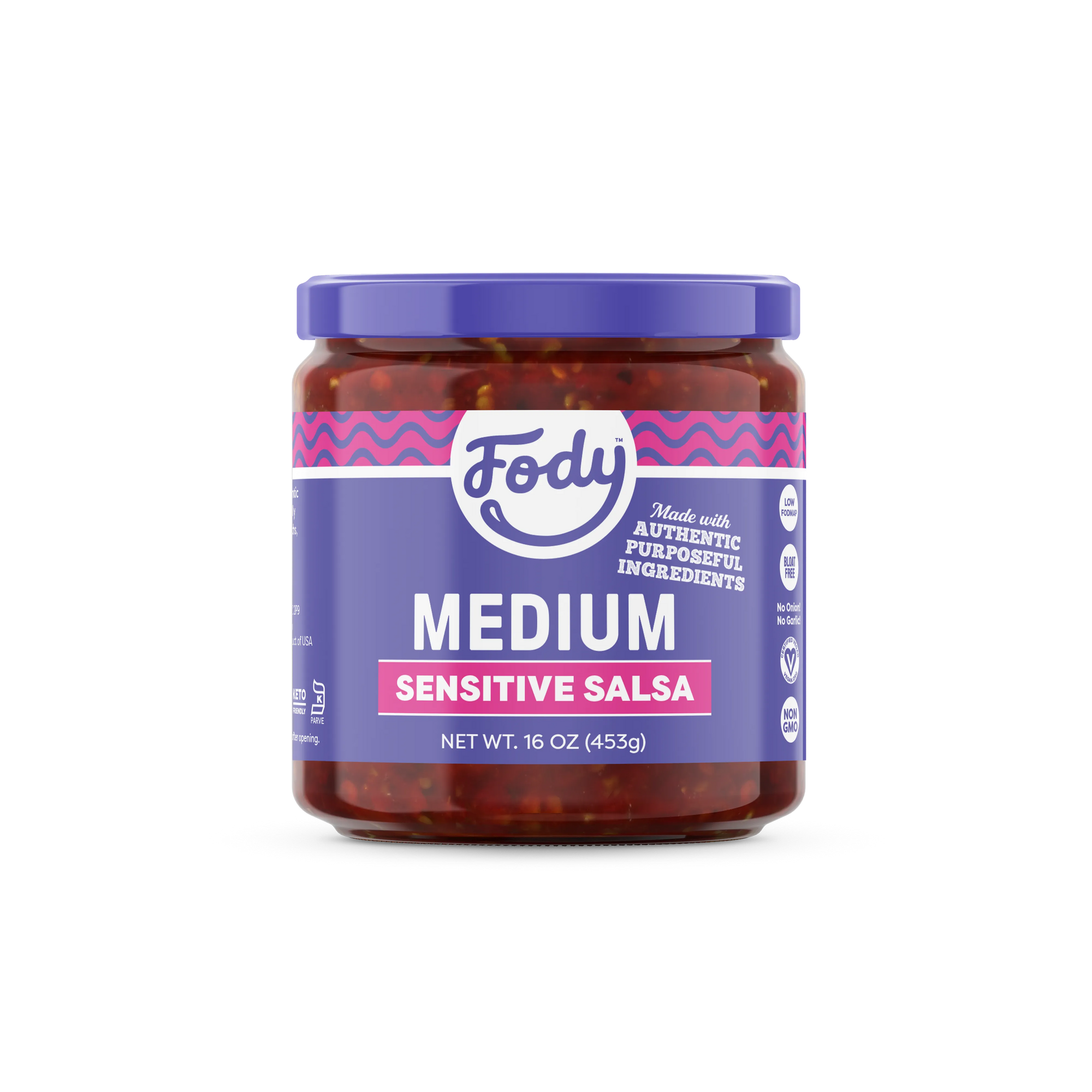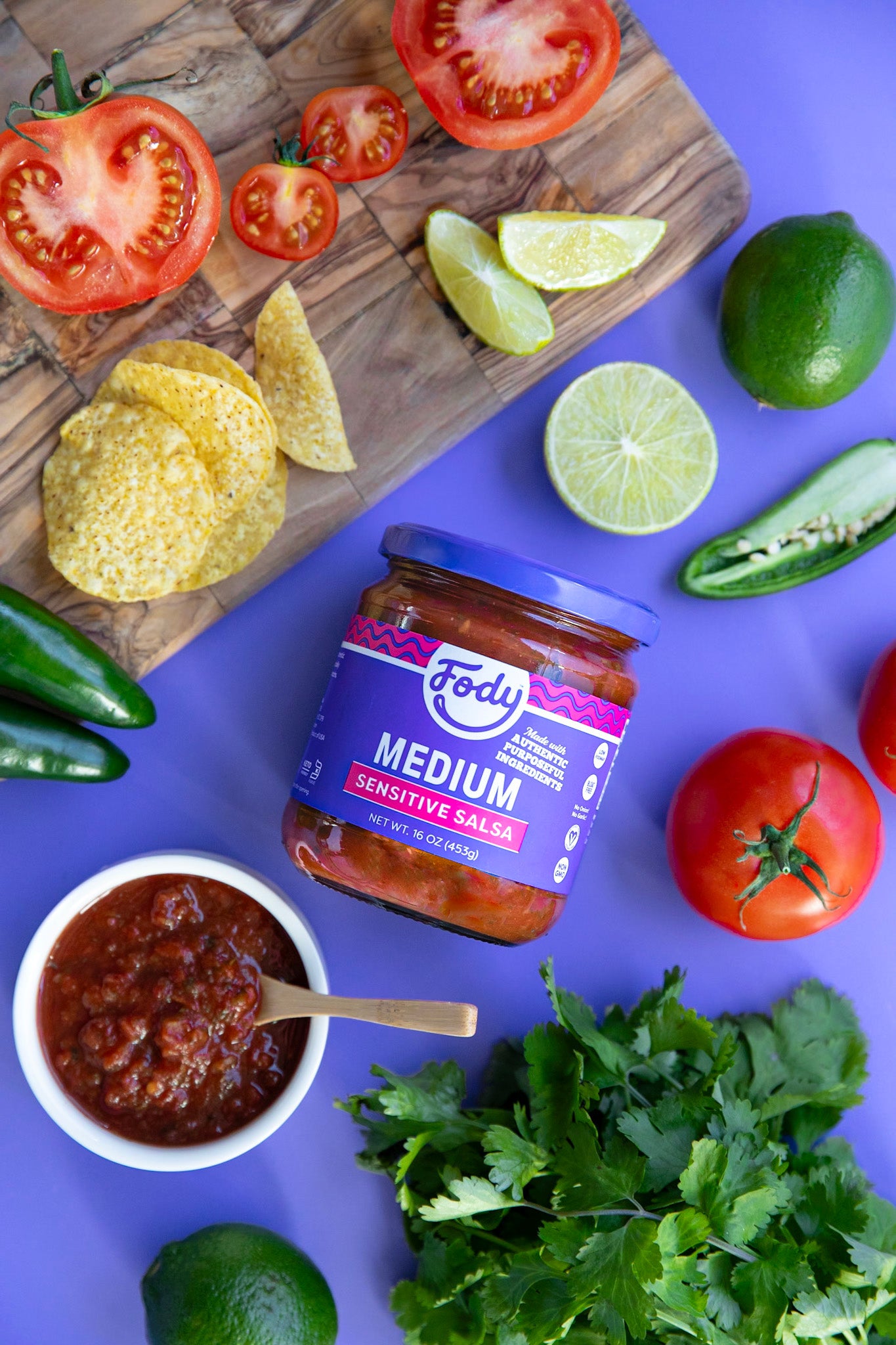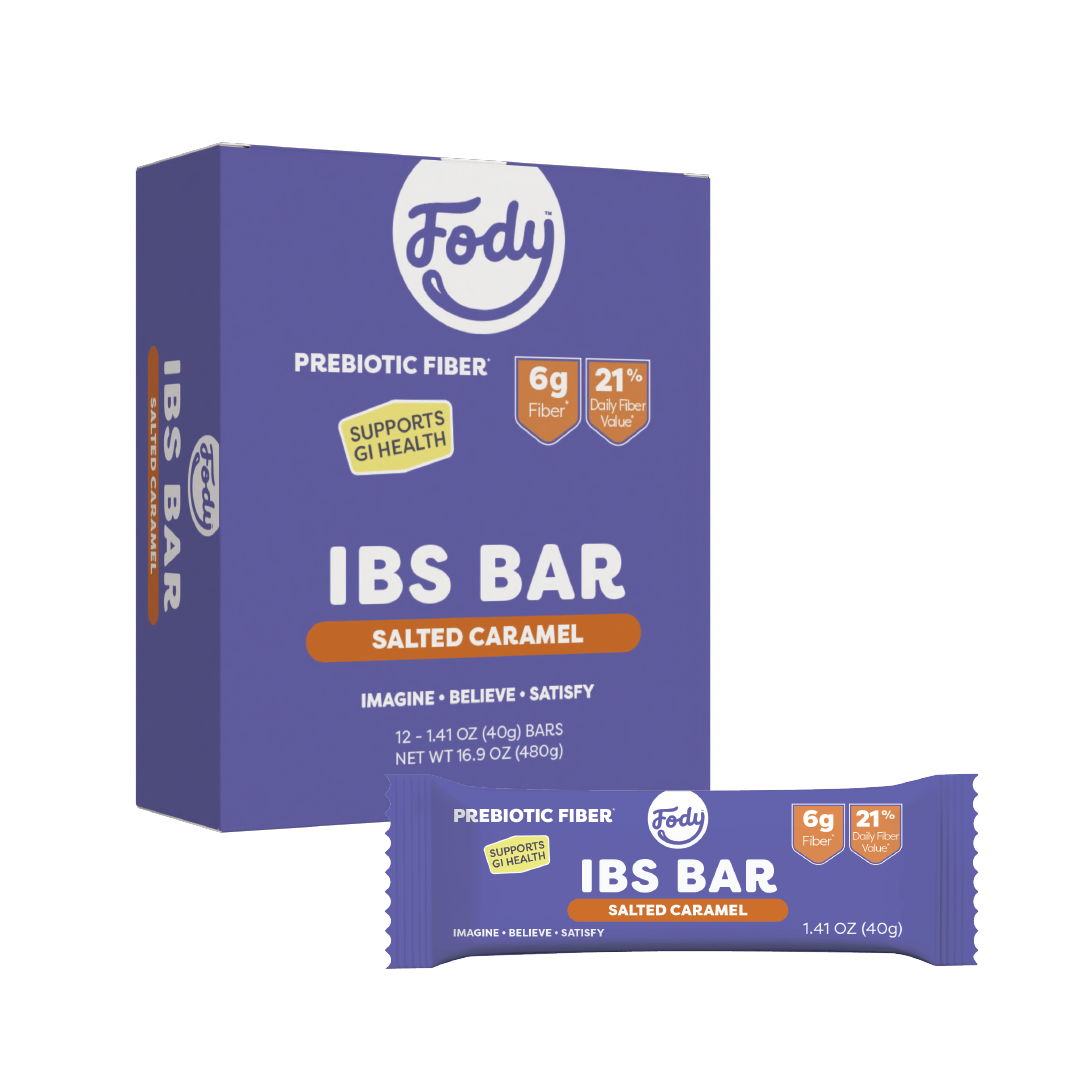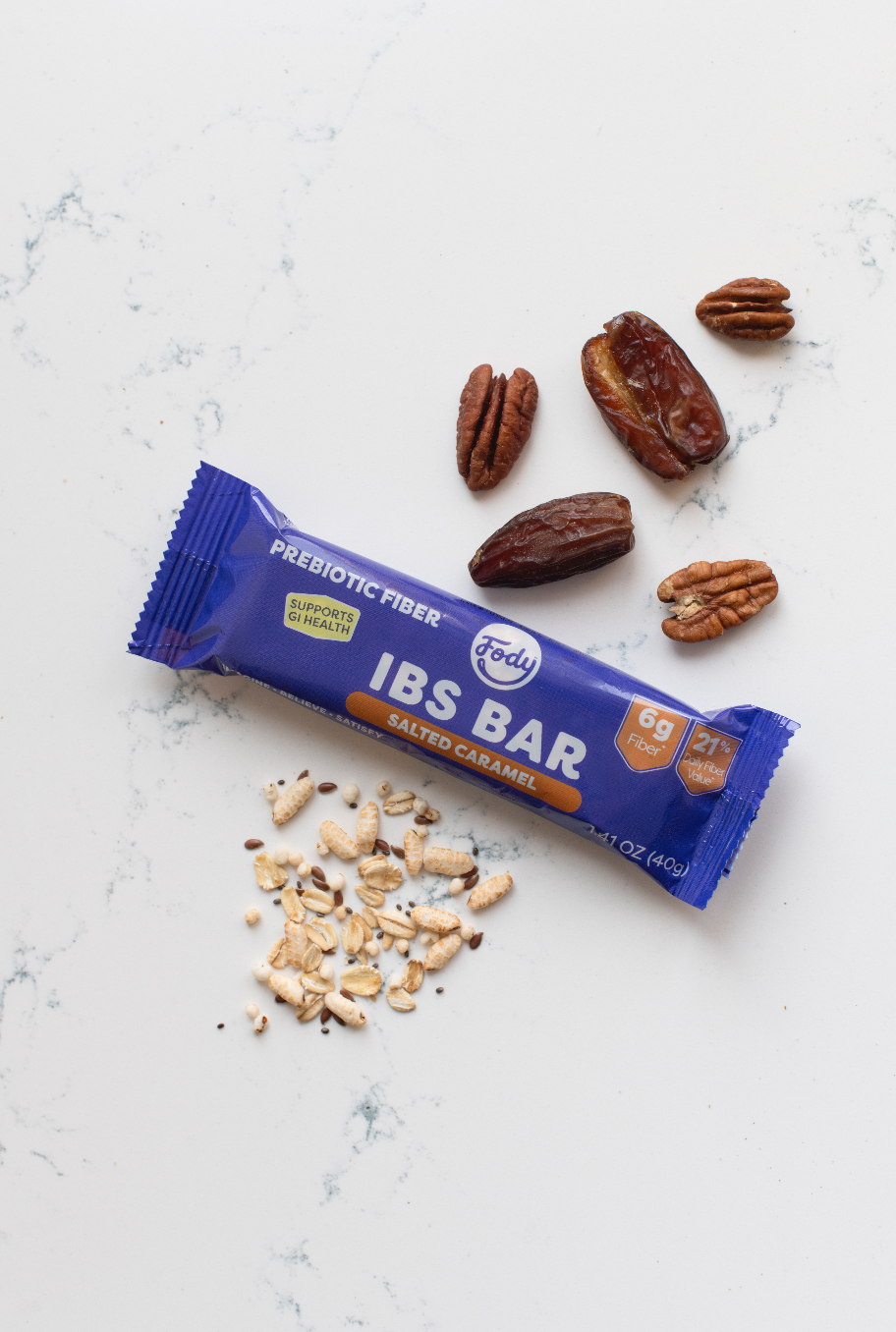

How To Read Ingredient Lists Like A Pro
Food labels contain lots of information that can help you make informed decisions about the products you consume. Whether you have dietary restrictions or you just want to stay informed about your nutrition, understanding what’s in your food and its effect on your body is essential to feeling good. Today, we’re diving into how to read ingredient lists.
Food Labels Versus Ingredient Lists
It can be overwhelming to stand in the grocery store trying to make healthy choices. With every shopping trip, you’re likely faced with dozens of versions of the same product, each with varying ingredients and information on the label. Sometimes, just finding the label can be a challenge! So, let’s start with the basics.
Broadly, labels contain two parts: the ingredient list, and the nutrition facts. While ingredient lists may blend into the packaging of a product, nutrition facts generally appear in a white rectangle chart. Ingredient lists contain the names of the items that went into the recipe, while nutrition labels break down information on the nutrition found in those ingredients.
Nutrition Labels: The Quick Facts
Nutrition labels on food packaging exist to help consumers make informed decisions when selecting a product. All nutrition labels contain a standard breakdown of the different nutrients and additives in food, including:
- Calories
- Salt
- Sugars and added sugars
- Carbohydrates
- Fats and trans fats
- Protein
- Dietary fiber
Amounts of each ingredient are usually shown in grams (how much of the nutrient the food contains) and in percentages (how that amount fits into an adult’s total healthy intake). All measurements are determined based on a standard serving size of the food–check the top of the label to see the serving size indicated. When you read nutrition facts, bear the following in mind:
- According to the American Food and Drug Administration, 5% and under is generally considered a low amount of a nutrient, whereas 20% and over is considered high.
- Not all nutrients are the same! When you’re considering fat content, for example, bear in mind that some fats–such as extra-virgin olive oil, avocados and nuts–are considered to be healthy! Eating too many trans fats, on the other hand, can lead to long-term heart problems.
- When possible, it’s best to aim for foods with lower salt and lower added sugar content.
How Ingredient Lists Work
If you only learn one thing today, it should be this: ingredients on a label are listed according to the quantity of the item in the recipe. That means that the first ingredient on the list is the one that is most present in your food.
Let’s take a look at an example. In Fody’s Low FODMAP Vegan Bolognese, the ingredients are listed as follows:
- Chopped Tomatoes
- Extra Virgin Olive Oil
- Kabocha Squash
- Carrot Puree
- Walnuts
- Shiitake Mushrooms
- Dehydrated Carrots
- Sea salt
This means that the ingredient most present in the recipe for our Vegan Bolognese is tomatoes, and the ingredient least present is sea salt. Most ingredient lists will also feature food allergen labeling.
Reading Food Labels for Sensitive Stomachs
If you have a sensitive stomach or a condition such as IBS, you may be on the lookout for ingredients that can irritate your digestion or cause inflammation. In this case, it’s a good idea to use a tool such as Fody’s low-FODMAP resources.
A final word on ingredient labels: when you’re keeping track of what you’re eating, it’s a good idea to stay informed about the different names of certain ingredients. A handy example comes from Health Canada’s website: if an ingredient’s name ends with “-ose”, it’s probably sugar. To learn more about the quantities and types of sugar that you should watch out for, check out this article.
How to Read Ingredient Lists Without Getting Overwhelmed
The Latin saying caveat emptor, or “let the buyer beware”, reminds us that it’s up to us to stay informed about the products we consume. But what happens when you’re trying to make good decisions, and feeling overwhelmed by the amount of information you have to process?
Luckily, there are a few strategies you can use to manage all this real-time data processing. These include:
- Do your research ahead of time! Many manufacturers make their ingredient lists available online, so you can learn what you need to know before you head out.
- Make a grocery list! This not only helps you choose familiar products that will make you feel good, but it also helps you stick to your budget!
- Look for the certification! Many renowned and easily recognizable certifications–such as Monash University’s low-FODMAP certification and USDA Organic–appear as logos on food packaging. This can help you make an informed decision without necessarily needing to parse through the ingredient list!
- Choose condiments, sauces and seasonings from brands that focus on health and nutrition, like Fody!
All Fody Foods products are made using fresh, high-quality gut-friendly ingredients, so whether you read the label or not, you know that you’re choosing a delicious, bloat-free option. Discover our products today, and explore our recipes to discover the ways you can use them!
So, what are you waiting for?
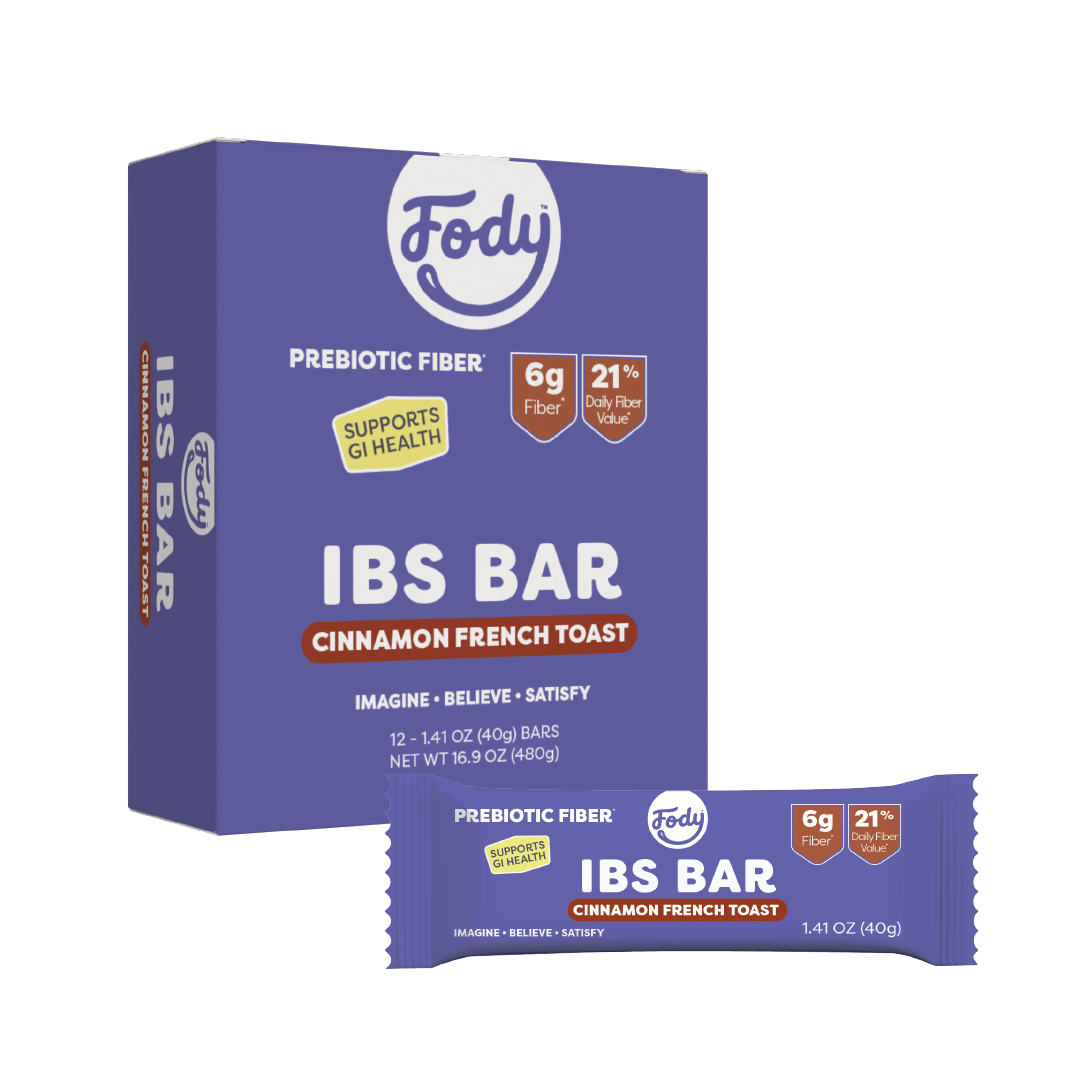
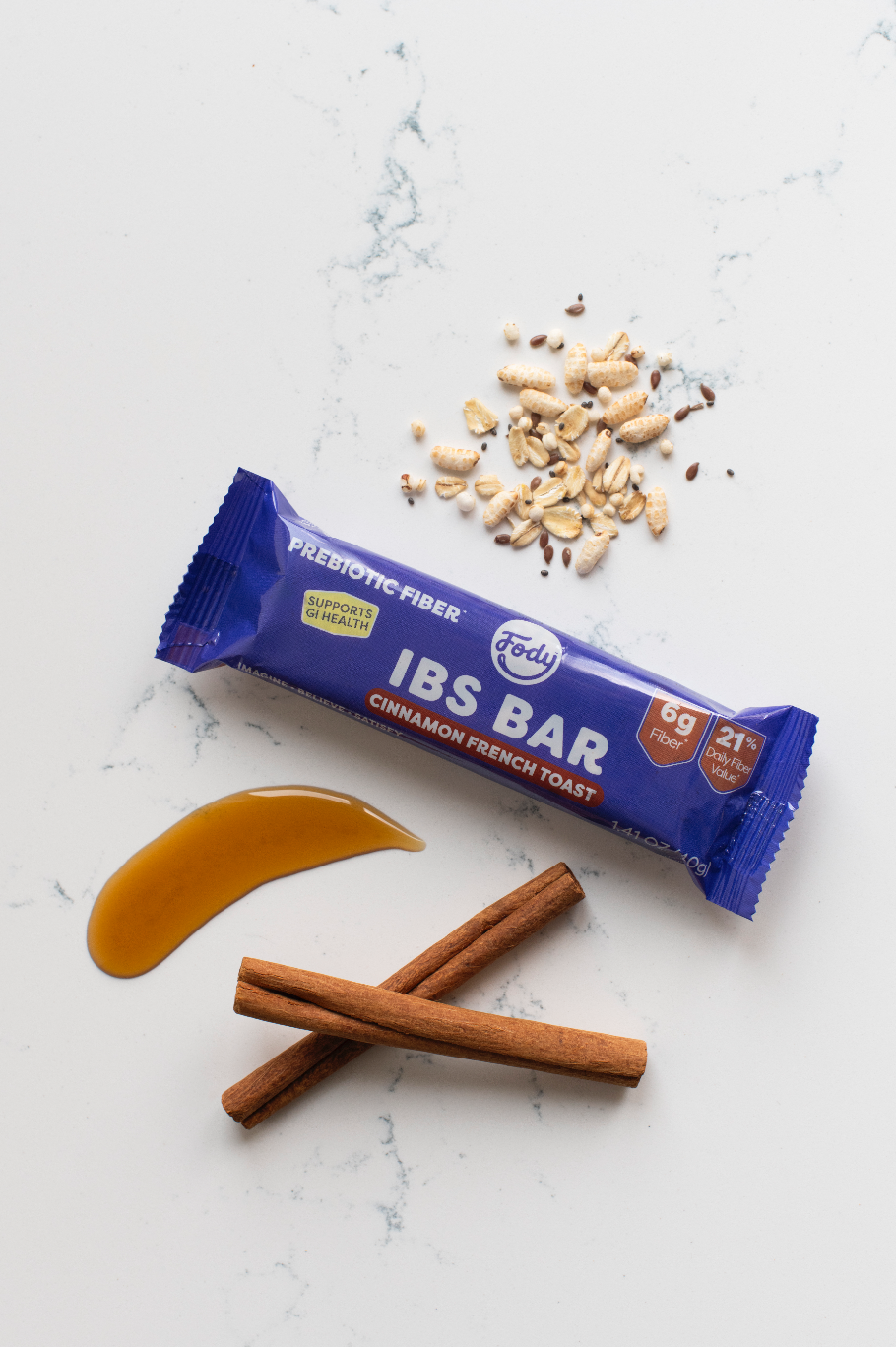 Cinnamon French Toast High Fiber Snack Bar - 12 Pack
Cinnamon French Toast High Fiber Snack Bar - 12 PackCinnamon French Toast High Fiber Snack Bar - 12 Pack
$29.99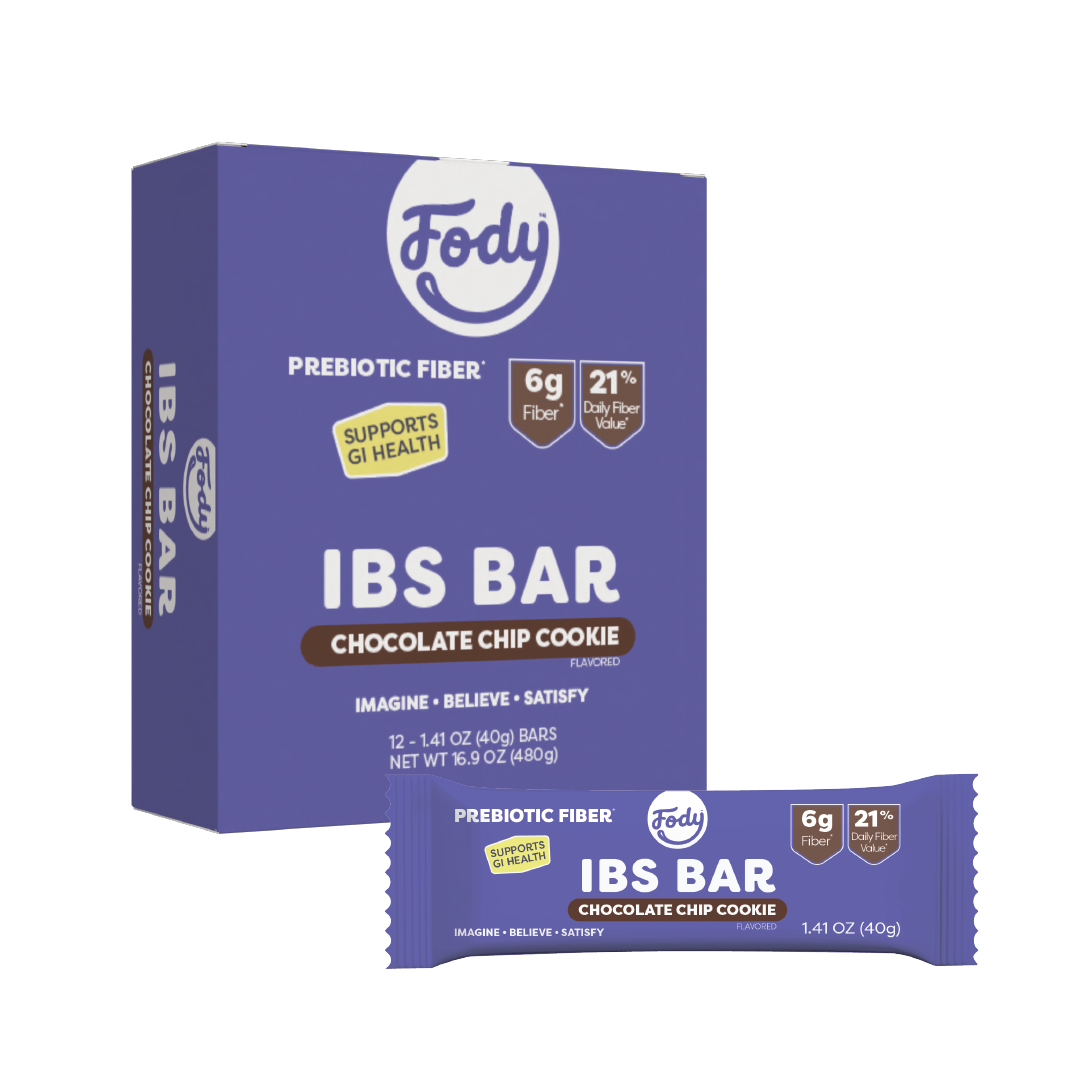
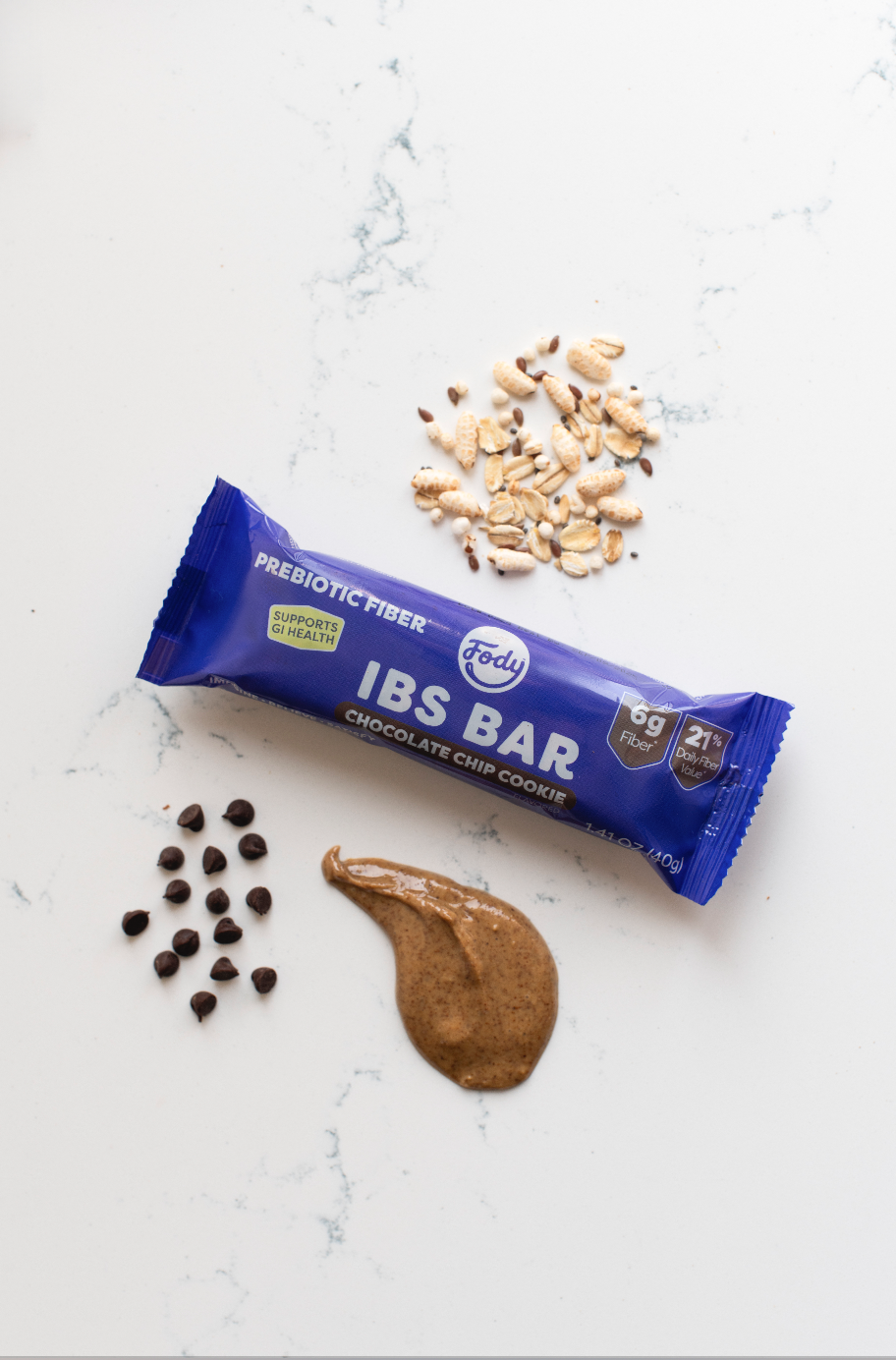 Chocolate Chip Cookie High Fiber Snack Bar - 12 Pack
Chocolate Chip Cookie High Fiber Snack Bar - 12 PackChocolate Chip Cookie High Fiber Snack Bar - 12 Pack
$29.99



